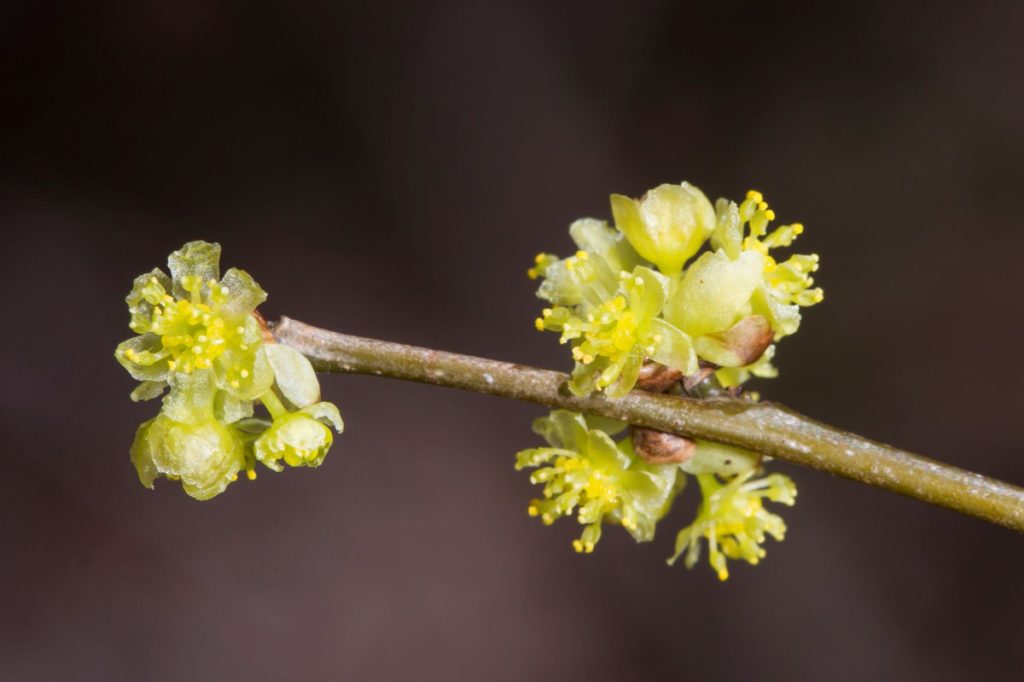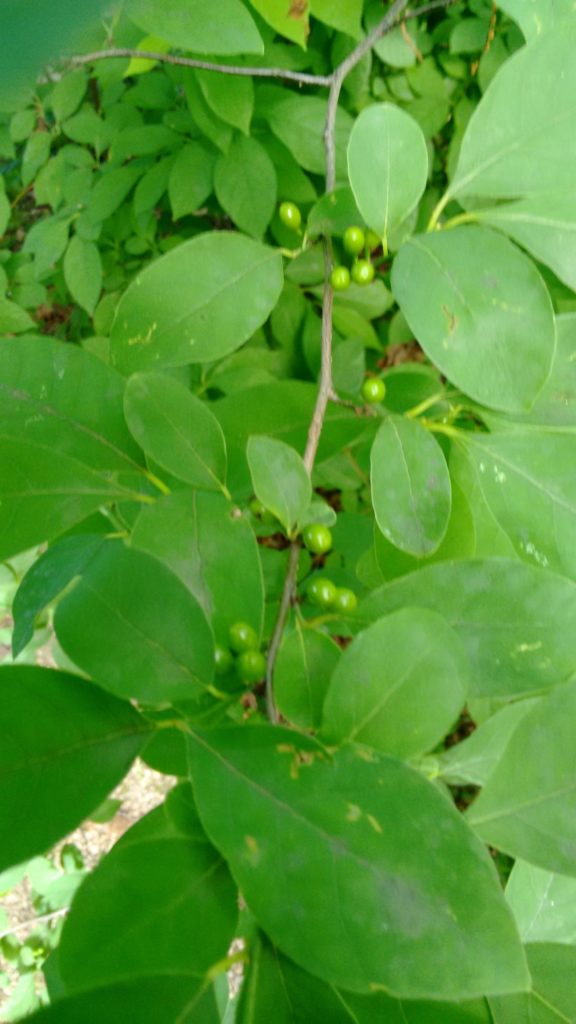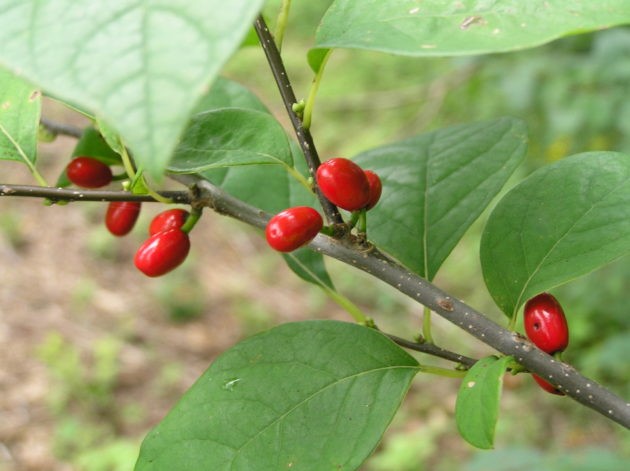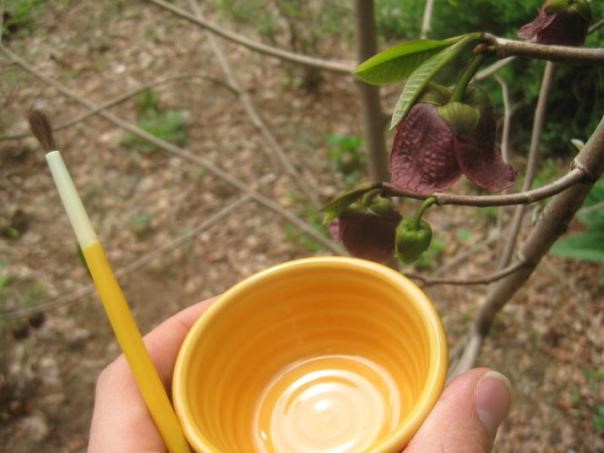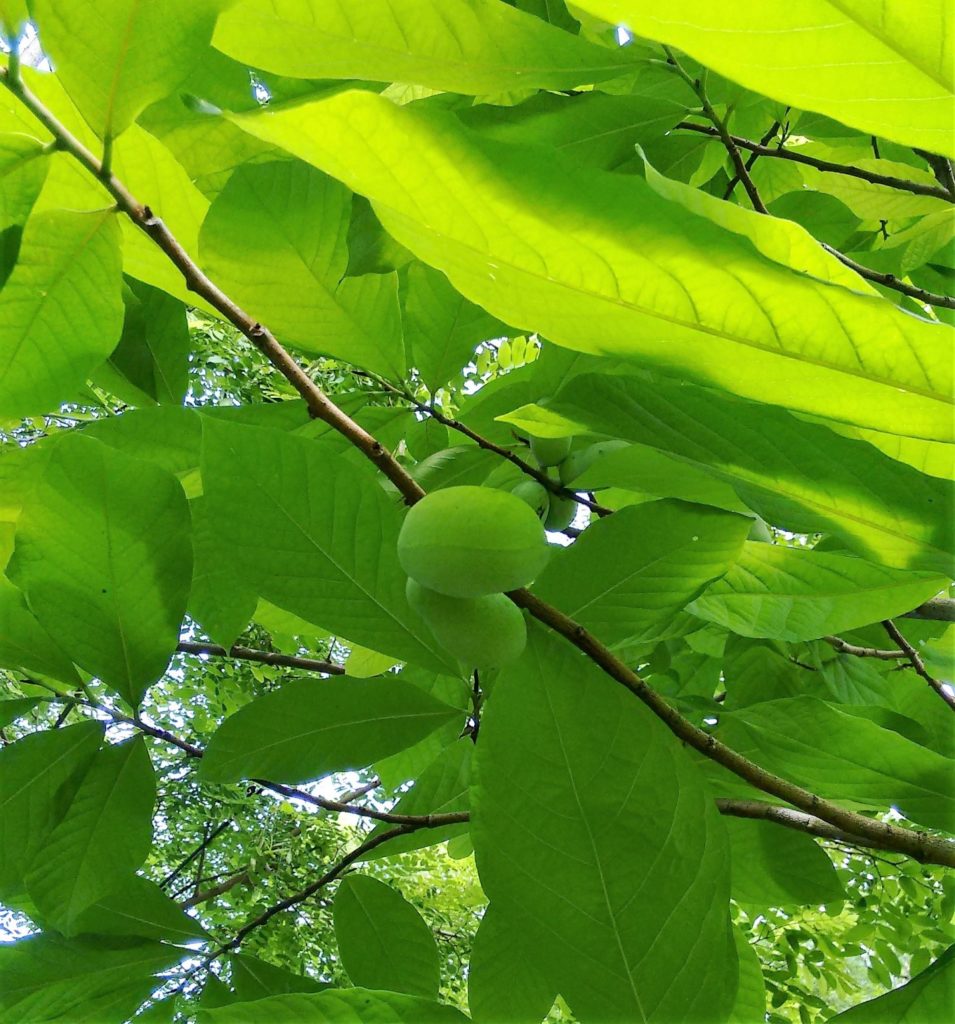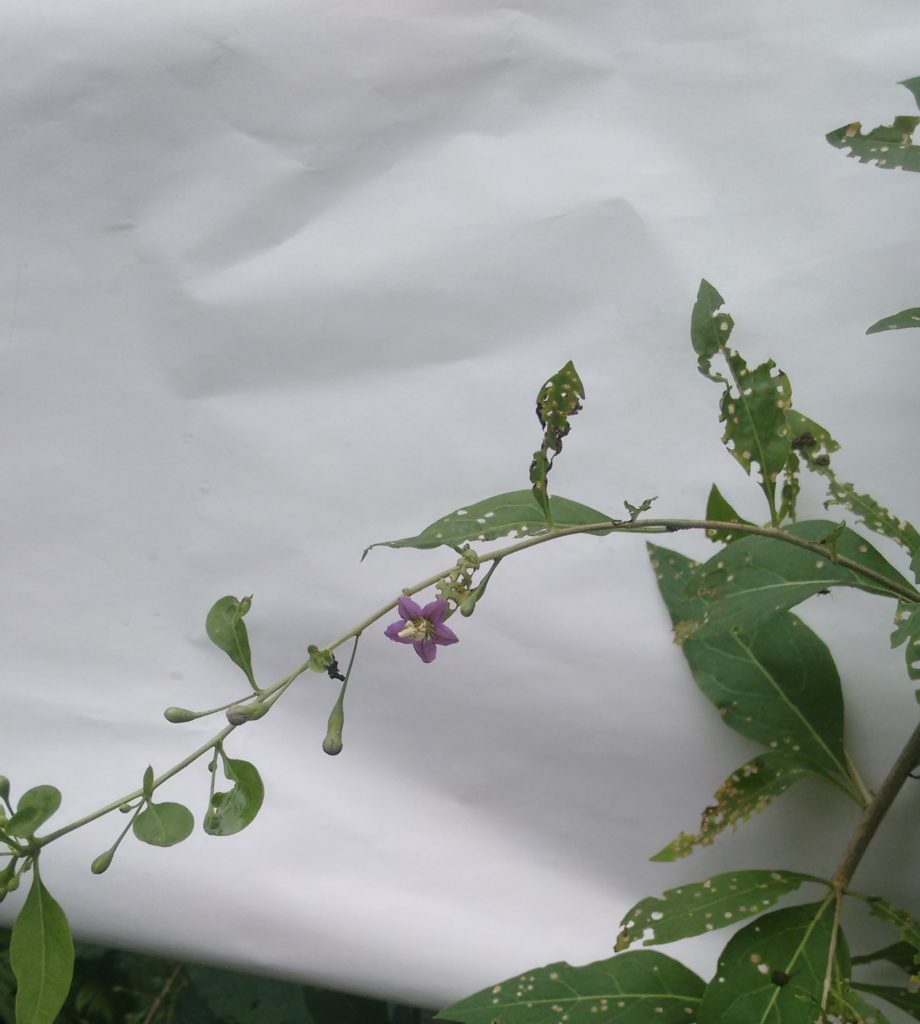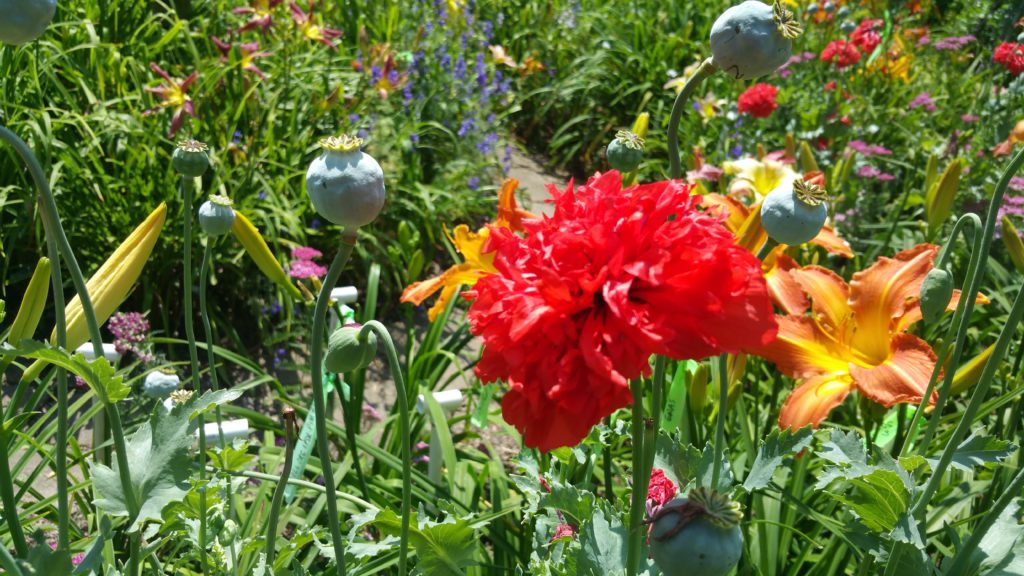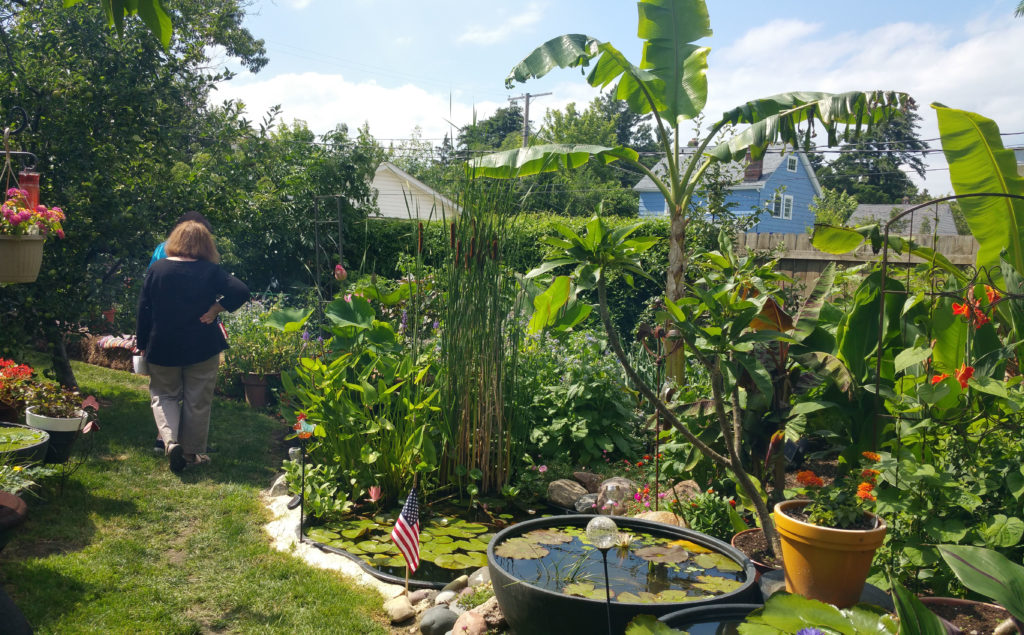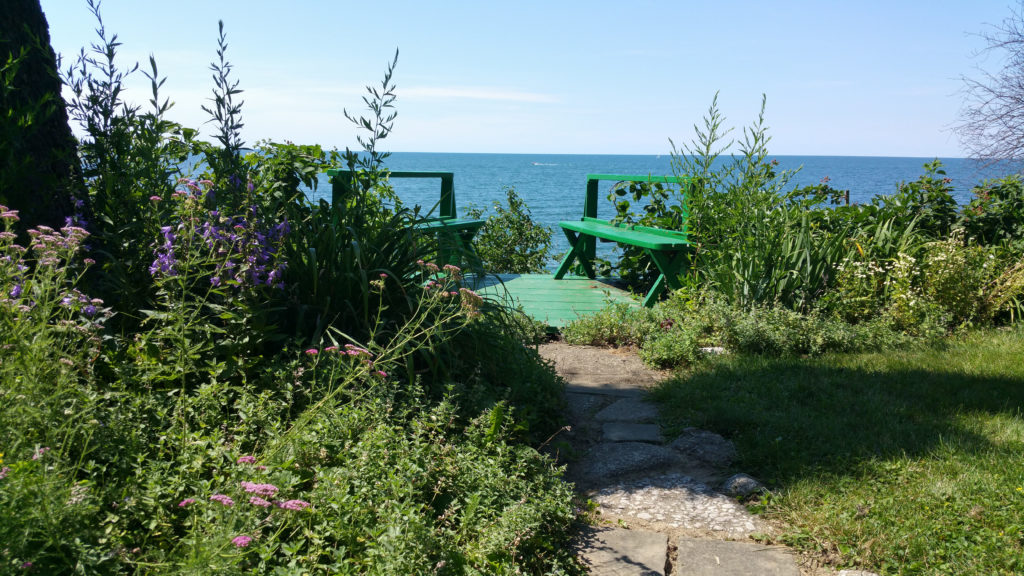by Elsa Johnson
It has long been said that Cleveland is a city of neighborhoods. There is the Eastside / Westside dichotomy that splits Cleveland into slightly dysfunctional fraternal twins, each with its own perhaps not-so-accurate image, and then there are the pockets within – little villages, so to speak, that once were based on a specific ethnicity (like Little Italy) and have their own unique flavors. Showcasing this is one of the things that Garden Walk Cleveland does so well.
Last year Gardenopolis Cleveland visited North Collinwood, and discovered that the up-close ambience of these eastside neighborhoods close to the lake is a Year-Round-Summer-Cottage flavor. The year before that we visited West Park, the neighborhoods on the eastern perimeter of the Rocky River Gorge. This year the decision to split the Walk into two days with the gardens split one-day-only among them allowed us to take in more. On the first day we visited the Detroit Shoreway / Gordon Square Neighborhood, and on the second we visited little Italy, new to this do-it-yourself-tour this year. We hoped to visit Slavic Village also, but alas, dear readers, we are not as sprightly as we used to be, and after Little Italy we went home and took a nap.
In the Detroit Shoreway neighborhood the character of the streets can change block by block. Here is a street with modest single family homes on modest lots, but two blocks away, west of 65th street, the houses are more substantial and were intended to be more impressive. All of this is clustered around the Gordon Square Arts District, which has long been anchored by Cleveland Public Theater. The highlights here included a backyard bar designed for serious partying, a miniature backyard railroad set (that did not photograph well), a picturesque garage that once housed the vehicles of the on-site mortuary, now decorated with murals, a professionally designed backyard with a little hill for grandchildren to roll down, chickens and chicken coops, the occasional charming picket fence, various yard art, arbors inviting one to sit down under dappled light and shade, and a community orchard. We like the idea of a community orchard. Despite its proximity to the Gordon Square entertainment and commercial hub, this neighborhood feels suburban (city style, not country style).
[ngg_images source=”galleries” container_ids=”46″ display_type=”photocrati-nextgen_basic_slideshow” gallery_width=”600″ gallery_height=”400″ cycle_effect=”fade” cycle_interval=”7″ show_thumbnail_link=”1″ thumbnail_link_text=”[Show thumbnails]” ngg_triggers_display=”never” order_by=”sortorder” order_direction=”ASC” returns=”included” maximum_entity_count=”500″]
This was in high contrast to Little Italy, which definitely possesses a more urban vibe and density – and long has, tho even more so with the University Circle development engine only a railroad track away. There is new residential and commercial construction taking place in Little Italy, too, in several locations, and property values, we were told, are skyrocketing. This provides interesting contrasts. One finds serious vegetable gardens (and fig trees) in long deep lots contrasting with lots so small and tight that anything that grows must be grown in a pot (or many, many, many pots). One can find a front yard patio graced by tables topped by bright red umbrellas, in front of a house on which the vertical pillars have daringly been painted to match: eye-catching and fun. Among all this one finds a few seriously contemporary minimalist buildings with seriously contemporary minimalist landscaping. One ingenious example of thoughtful sharing of space that stood out was a new structure side by side with an older structure, with the outdoor space designed with a shared garden and the sitting area for the older structure incorporated into the new architecture at the ground level, with a porch for the contemporary structure above. Sounds confusing but it was brilliant (as long as everyone gets along).
[ngg_images source=”galleries” container_ids=”48″ display_type=”photocrati-nextgen_basic_slideshow” gallery_width=”600″ gallery_height=”400″ cycle_effect=”fade” cycle_interval=”7″ show_thumbnail_link=”1″ thumbnail_link_text=”[Show thumbnails]” ngg_triggers_display=”never” order_by=”sortorder” order_direction=”ASC” returns=”included” maximum_entity_count=”500″]
Most gardens on Garden Walk are not professionally designed — and that is one of the pleasures; to see at an intimate scale the quirky personality and flavor of individual gardeners. As always, we enjoyed the opportunity to see the life of these communities at a personal, individual scale.
More pictures! From Lois Rose
[ngg_images source=”galleries” container_ids=”49″ display_type=”photocrati-nextgen_basic_slideshow” gallery_width=”600″ gallery_height=”400″ cycle_effect=”fade” cycle_interval=”10″ show_thumbnail_link=”1″ thumbnail_link_text=”[Show thumbnails]” ngg_triggers_display=”never” order_by=”sortorder” order_direction=”ASC” returns=”included” maximum_entity_count=”500″]
